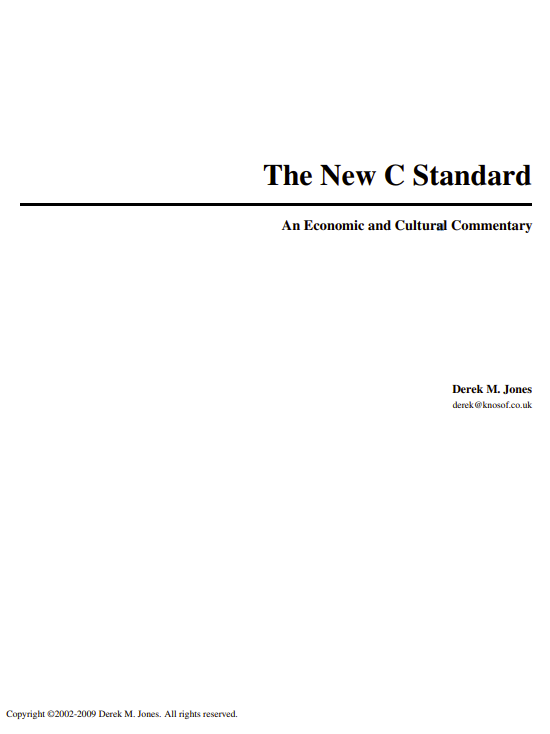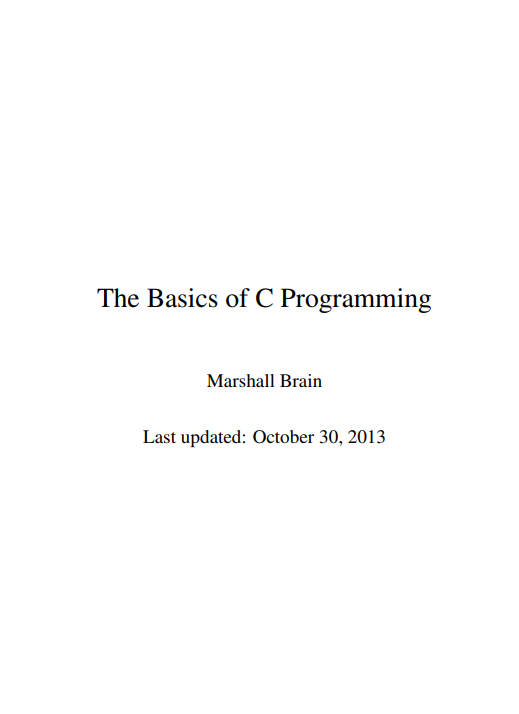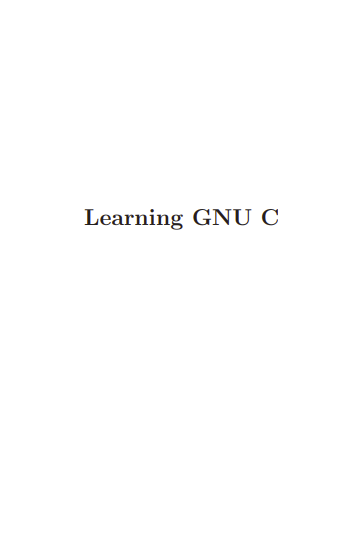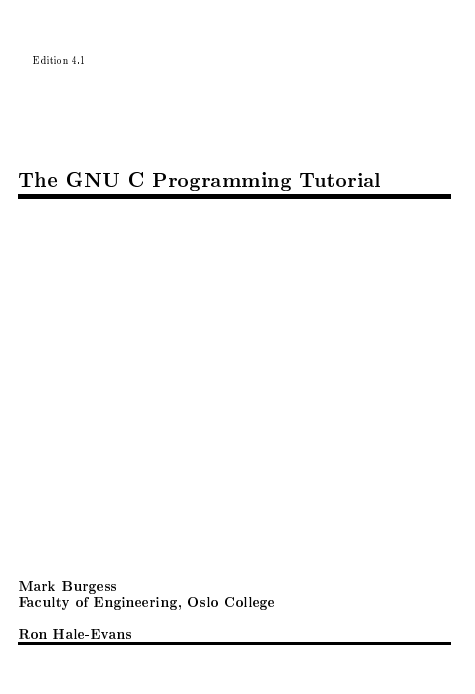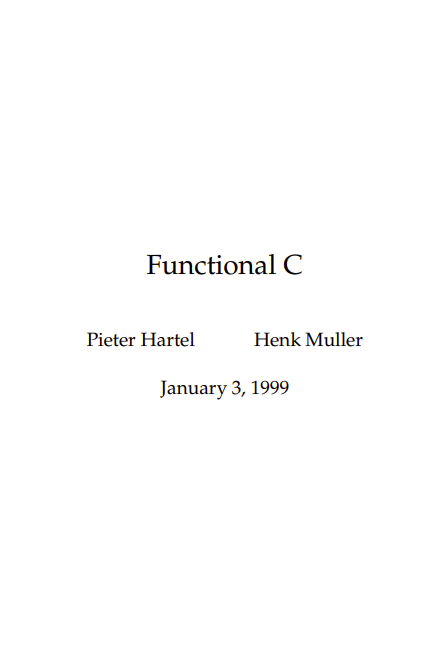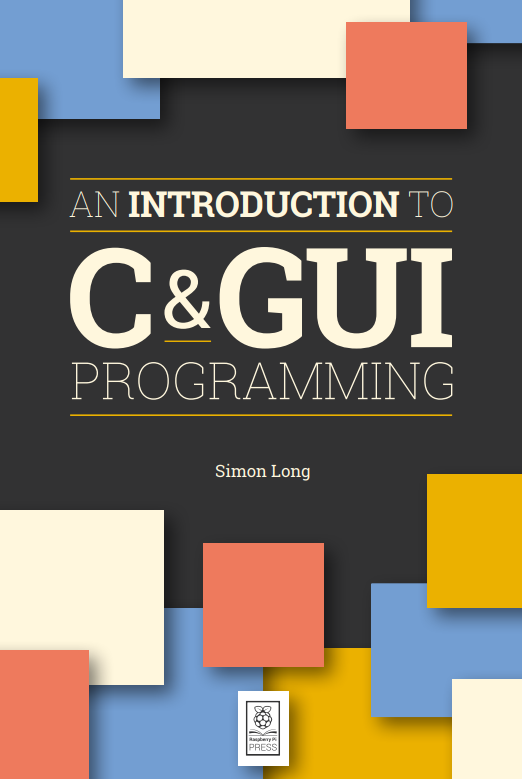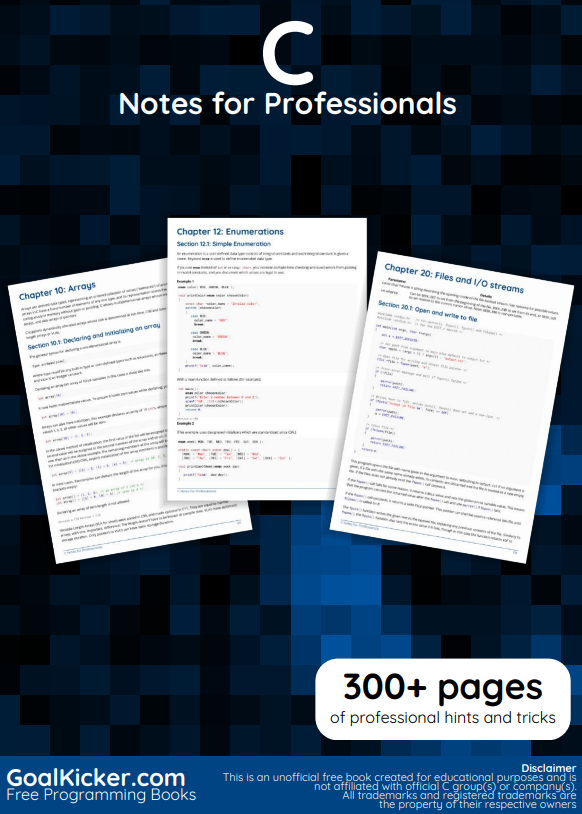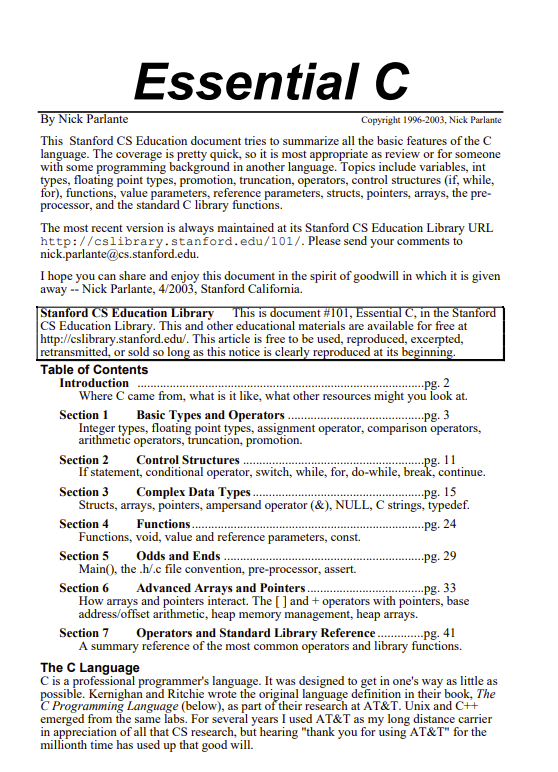This book contains a detailed analysis of the International Standard for the C language,-3.1 excluding the library from a number of perspectives. The organization of the material is unusual in that it is based on the actual text of the published C Standard. The unit of discussion is the individual sentences from the C Standard (2043 of them).
With the introduction of new devices and extended character sets, new features may be added to this International Standard. Subclauses in the language and library clauses warn implementors and programmers of usages which, though valid in themselves, may conflict with future additions.
Certain features are obsolescent, which means that they may be considered for withdrawal in future revisions of this International Standard. They are retained because of their widespread use, but their use in new implementations (for implementation features) or new programs (for language [6.11] or library features [7.26]) is discouraged.
This International Standard is divided into four major subdivisions:
— preliminary elements (clauses 1–4);
— the characteristics of environments that translate and execute C programs (clause 5);
— the language syntax, constraints, and semantics (clause 6);
— the library facilities (clause 7).
Examples are provided to illustrate possible forms of the constructions described. Footnotes are provided to emphasize consequences of the rules described in that subclause or elsewhere in this International Standard. References are used to refer to other related subclauses. Recommendations are provided to give advice or guidance to implementors. Annexes provide additional information and summarize the information contained in this International Standard. A bibliography lists documents that were referred to during the preparation of the standard.
